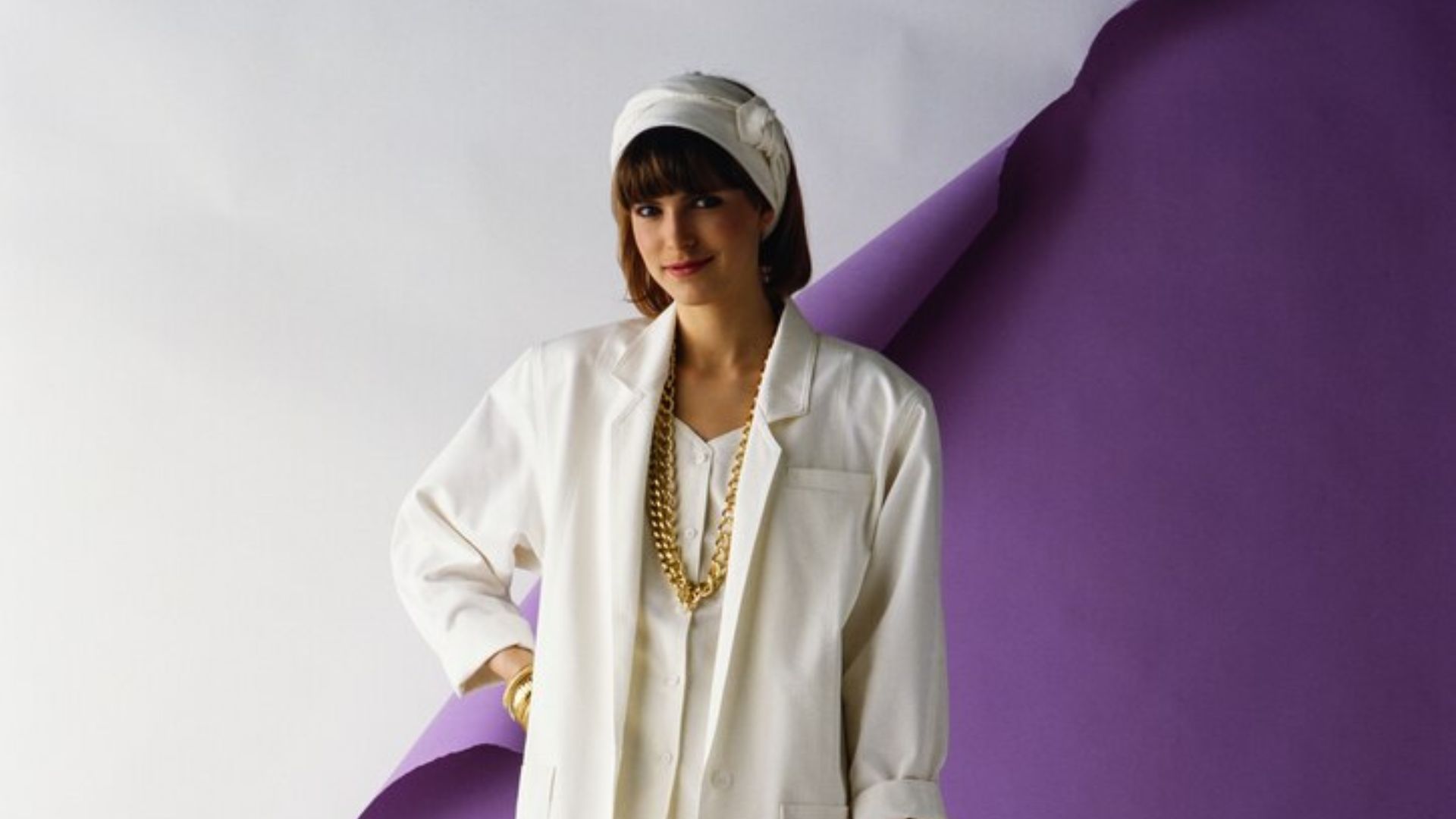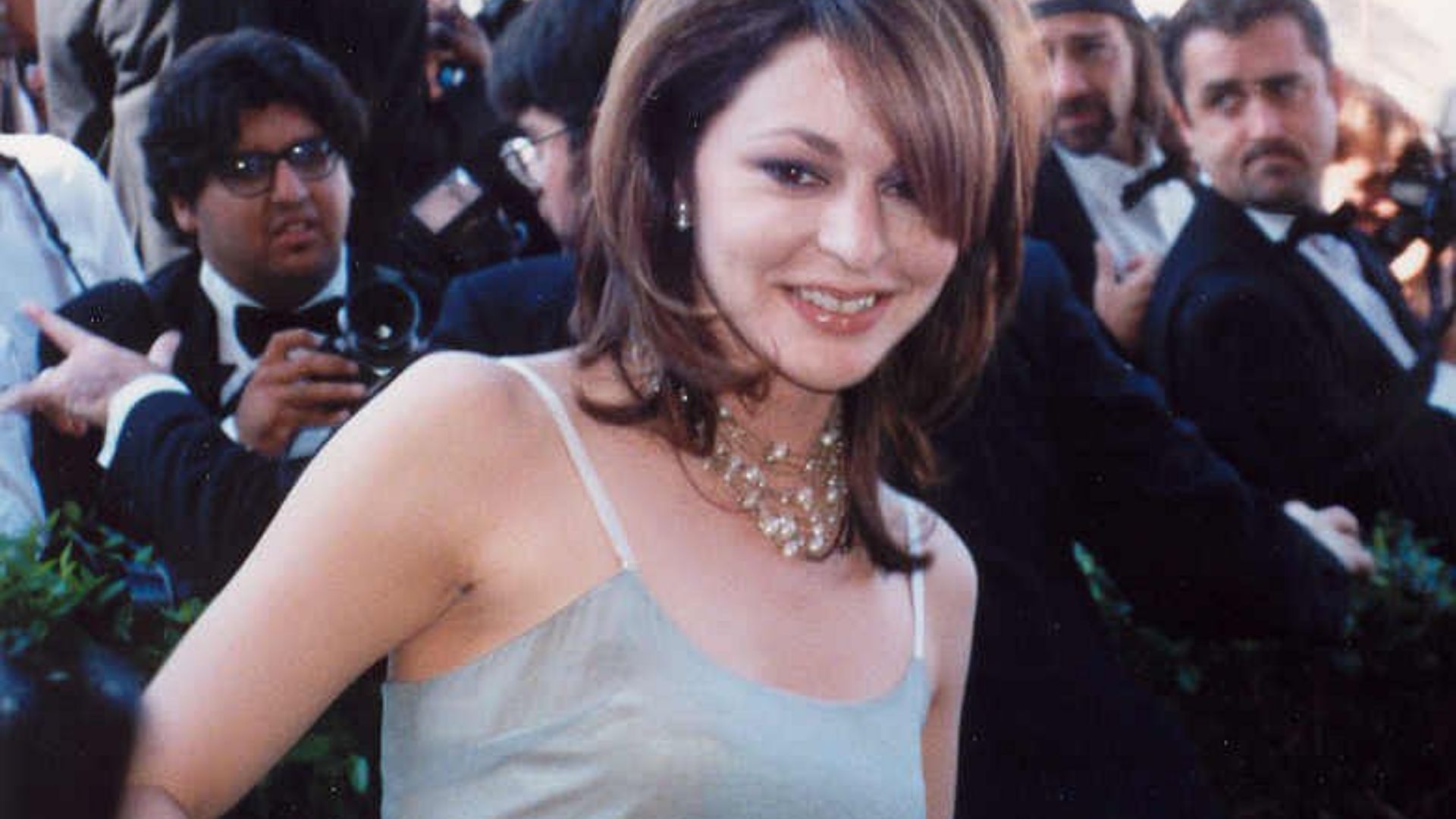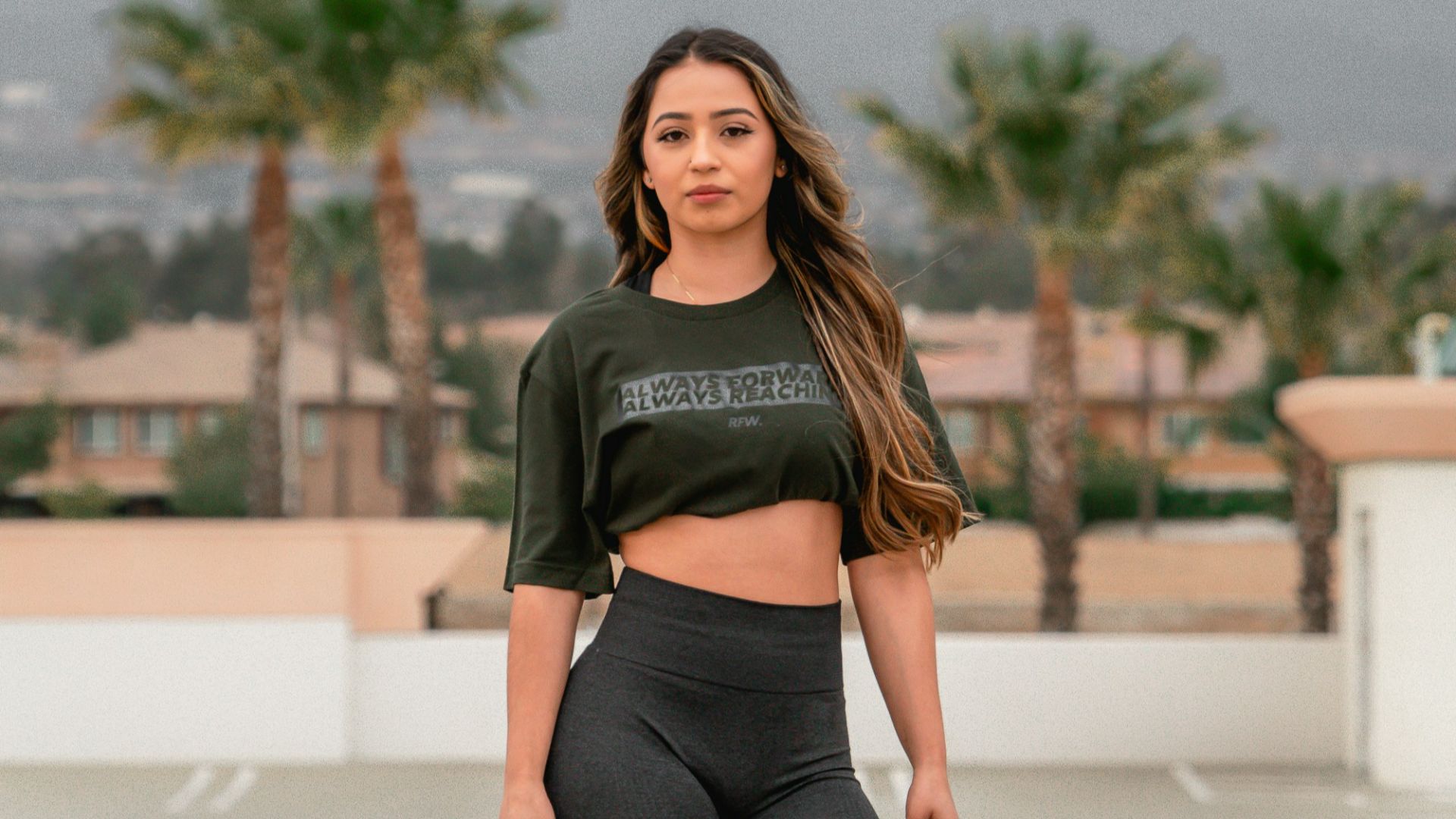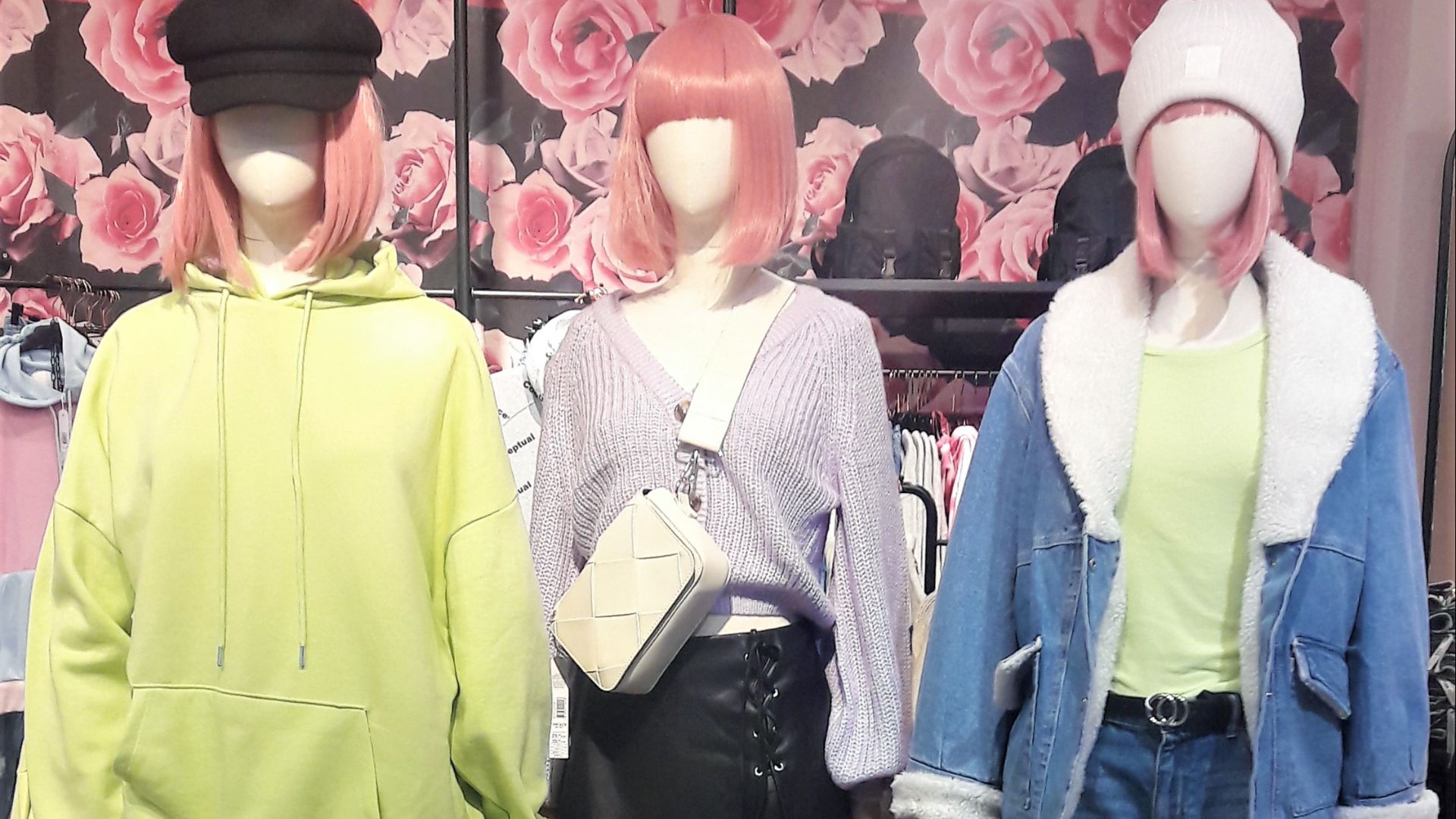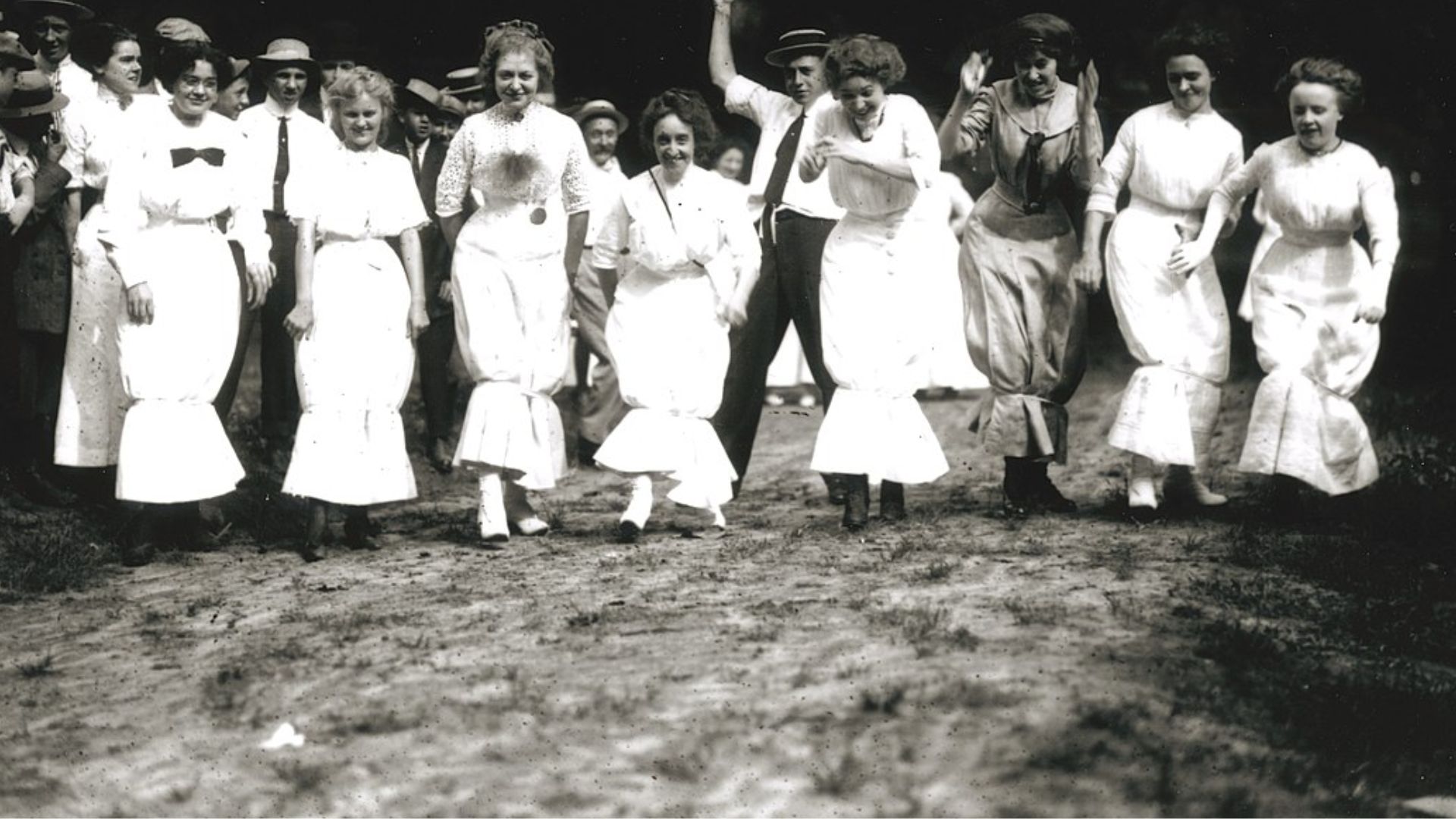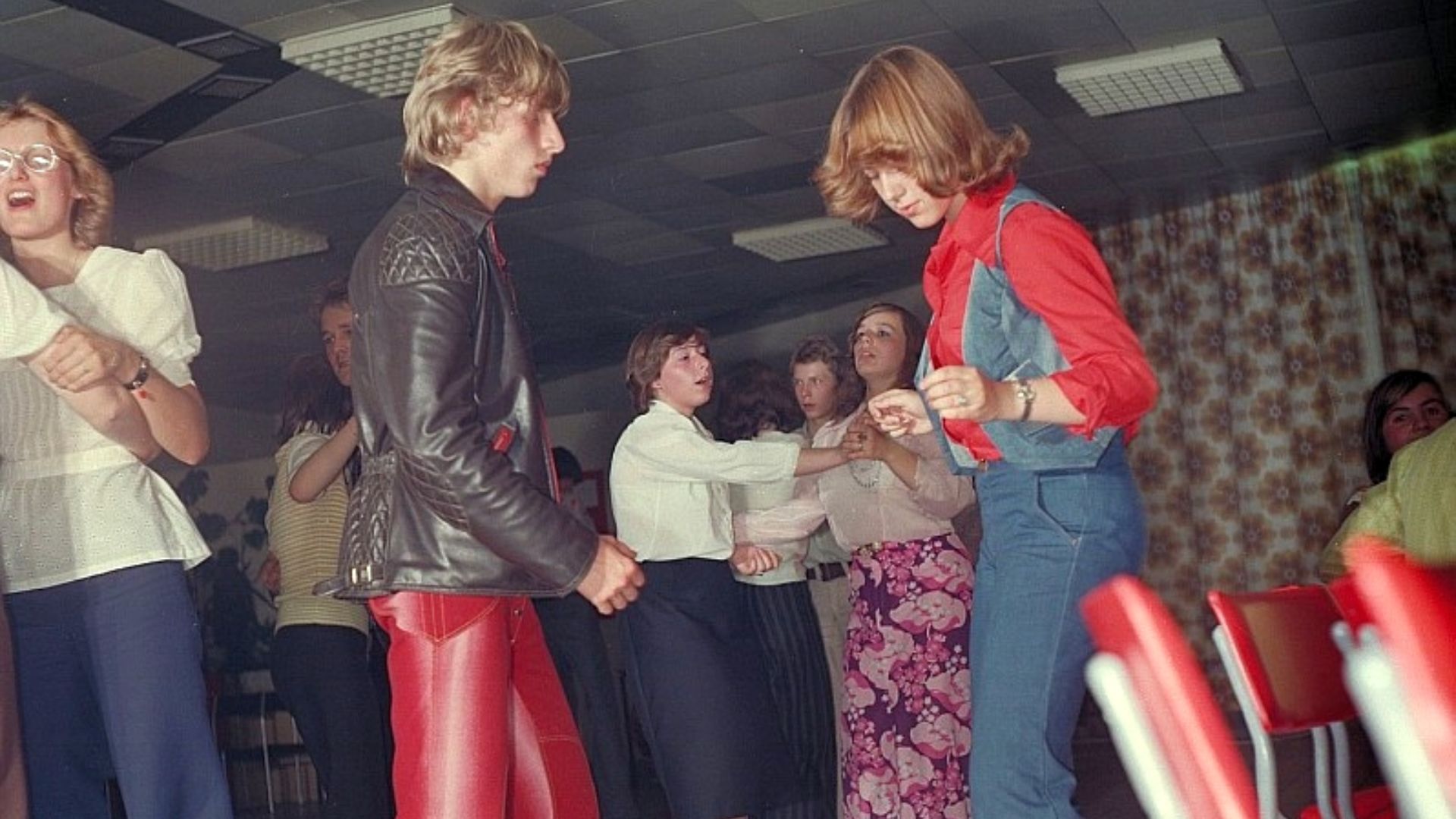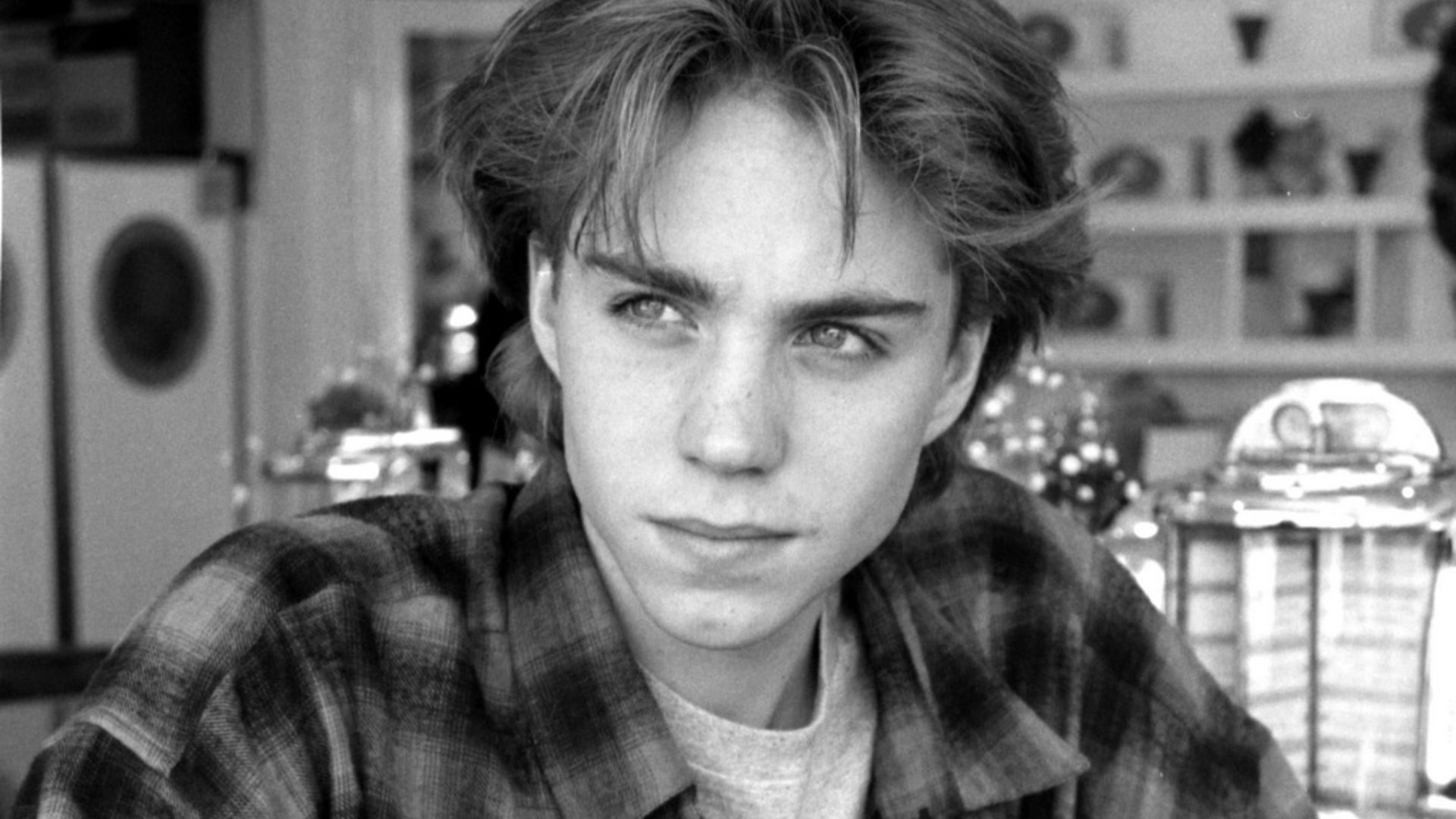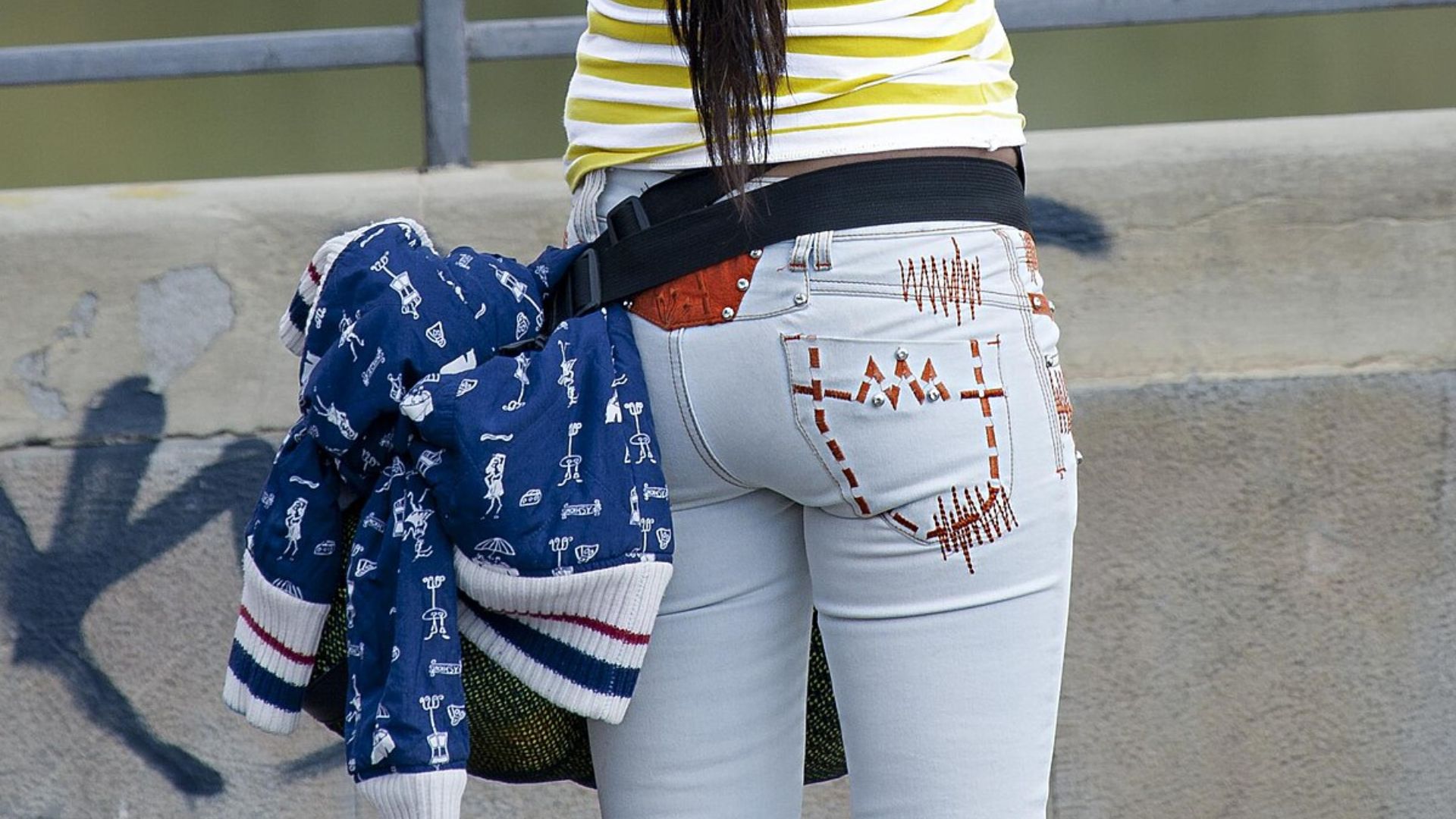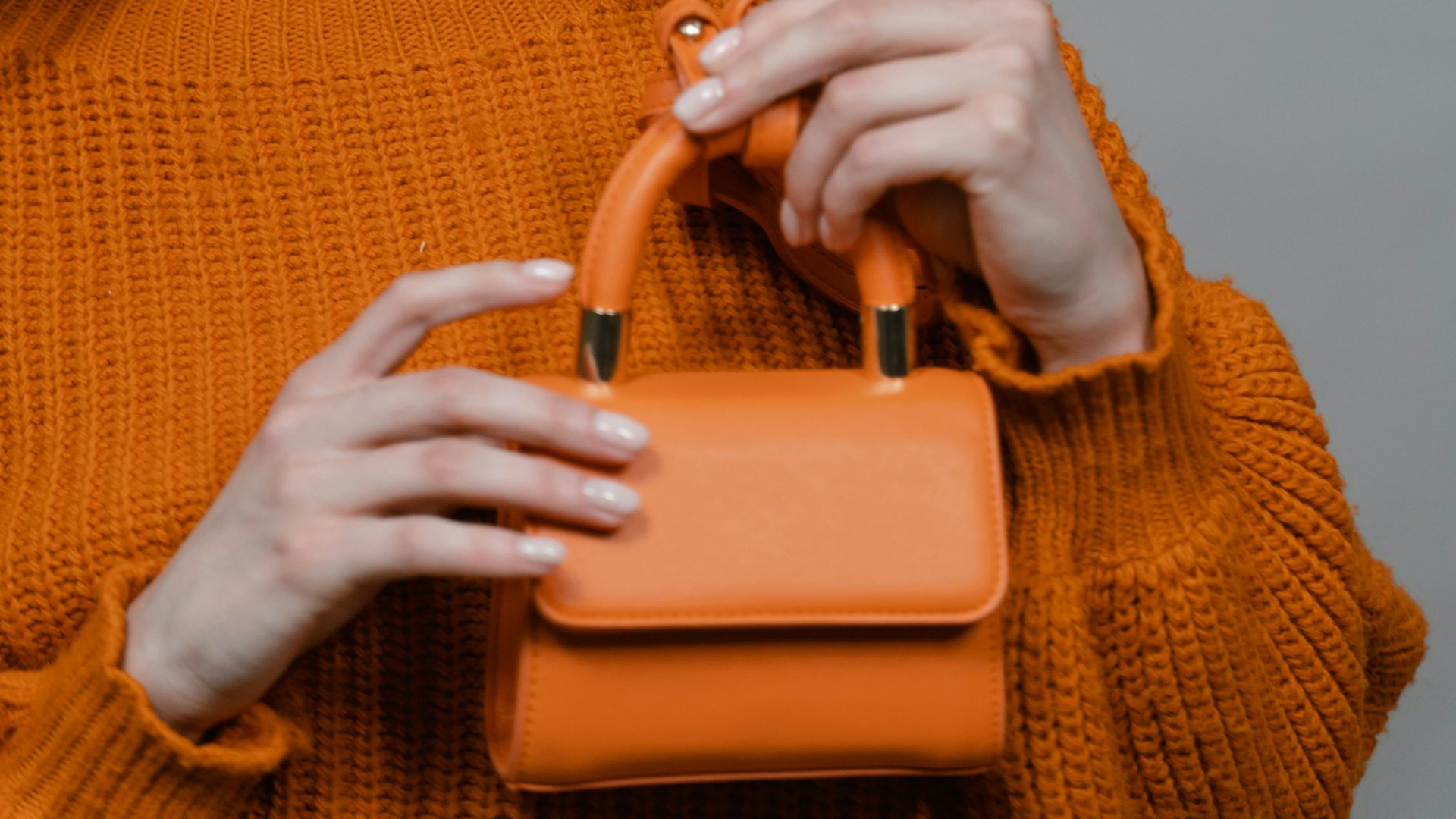Fashion Hits Vs. Fails
Style changes, but not always for the better. Some decades gave us iconic looks that still inspire many, but others…well, let’s just say they didn’t age well. Fashion is full of surprises, and before you fill your closet with new finds, it’s important to know how modern-day fashion came to be—through all the trials, tribulations, and triumphs! So, let’s first start with the hit styles.
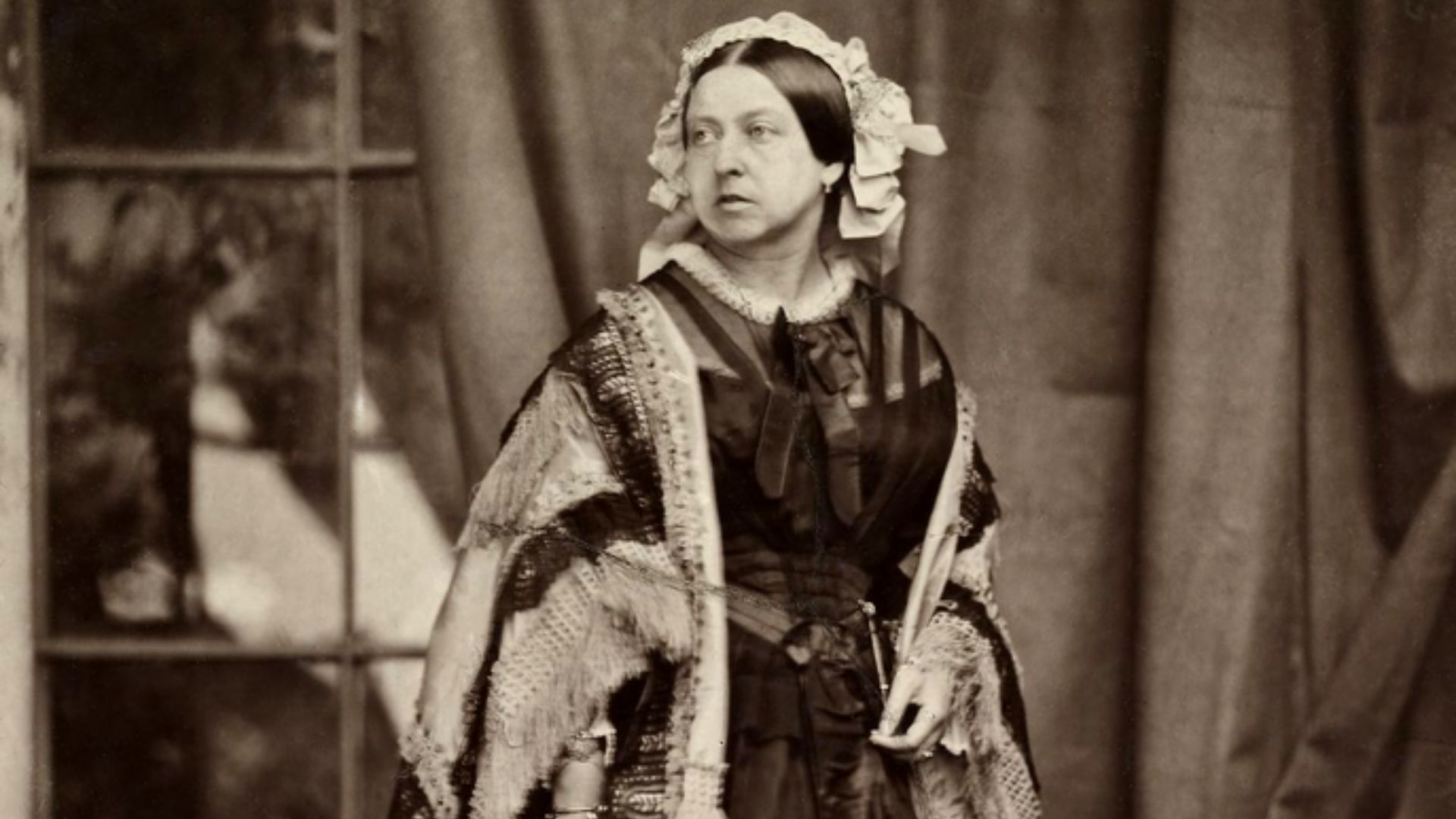 John Jabez Edwin Mayall on Wikimedia
John Jabez Edwin Mayall on Wikimedia
1. The 1920s’ Flapper Dresses And Art Deco Glamour
The Roaring ’20s brought a fashion revolution. Women embraced sequins, fringes, and beaded dresses, while feathered headpieces and T-strap heels completed the look. Men looked sharp in three-piece suits and two-tone shoes. This style gave the era a sophisticated yet rebellious spirit.
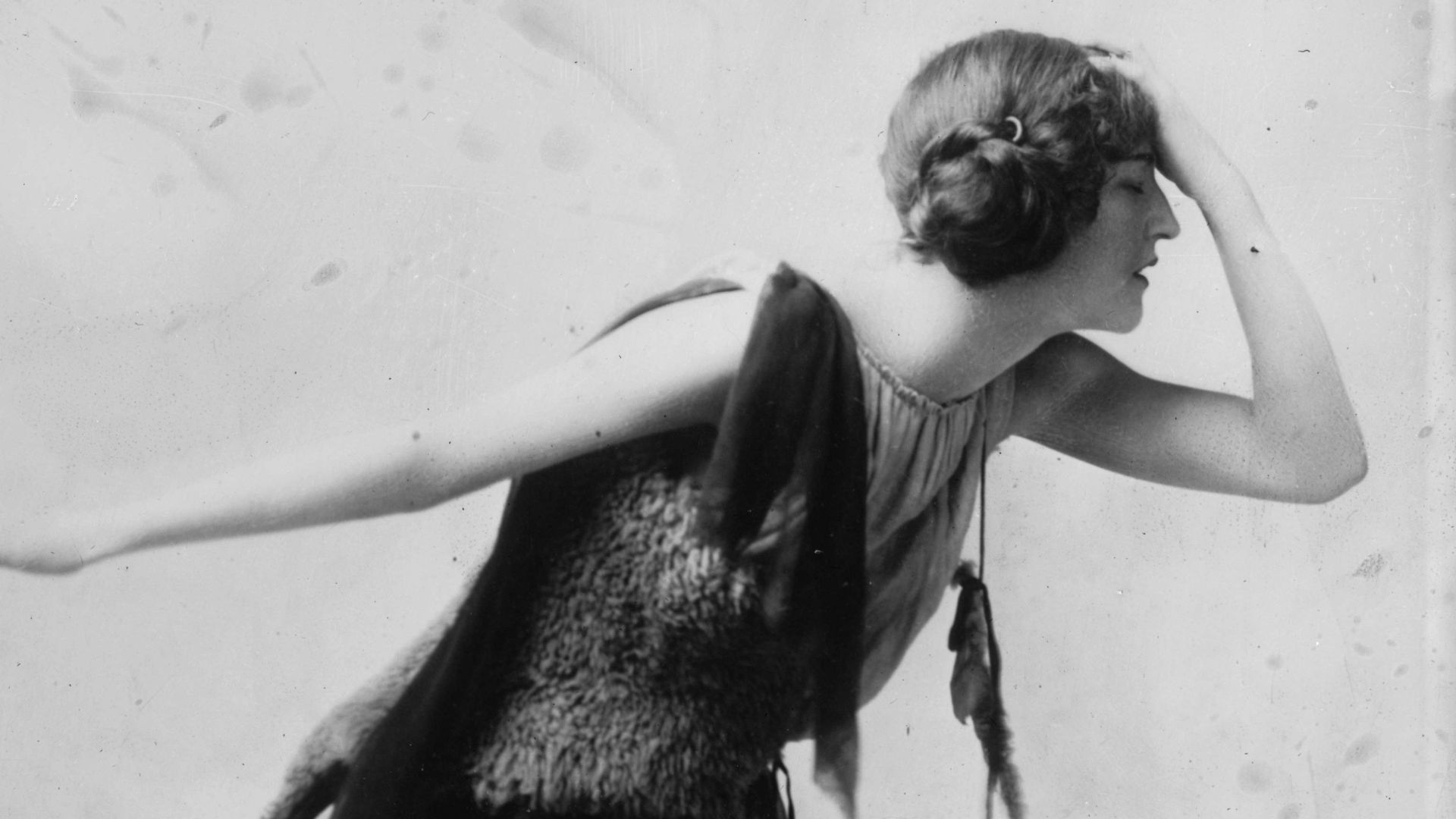 Bain News Service on Wikimedia
Bain News Service on Wikimedia
2. The 1930s’ Hollywood Elegance And Flowing Silhouettes
Old Hollywood glamour took center stage, with men favoring tailored tuxedos and high-waisted trousers, channeling effortless charm. Women? They went with silky, bias-cut gowns draping elegantly over the body. Inspired by silver-screen icons, fashion embraced a refined, sophisticated look.
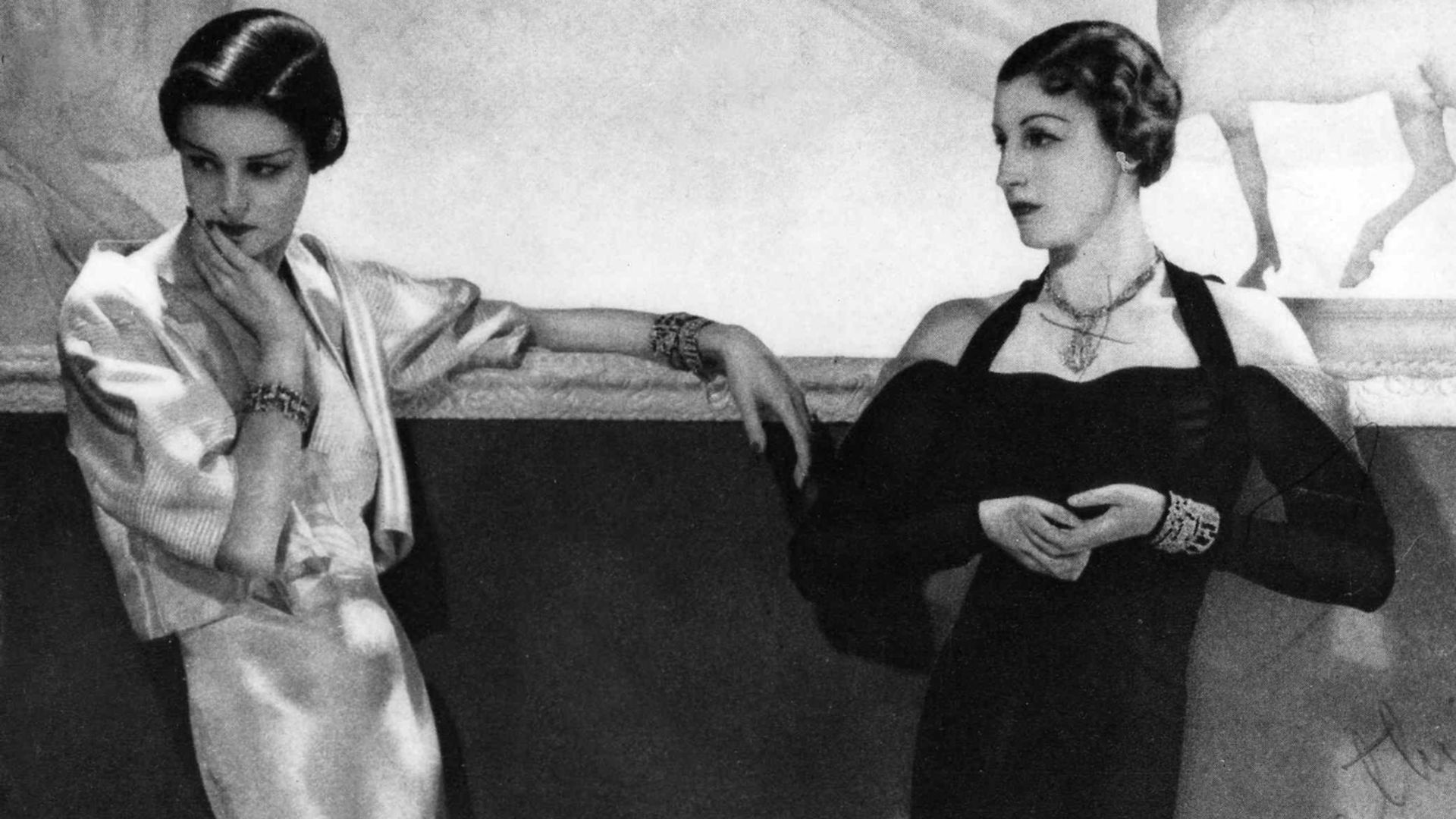 Jeanne Lanvin / Lanvin on Wikimedia
Jeanne Lanvin / Lanvin on Wikimedia
3. The 1940s’ Timeless Tailoring And Utility Chic
Fashion adapted to wartime realities, but some styles never took a backseat. Some women embraced structured silhouettes with padded shoulders and A-line skirts. Men kept it classic with double-breasted suits and military-inspired jackets. The era’s tailored, polished look remains an enduring inspiration.
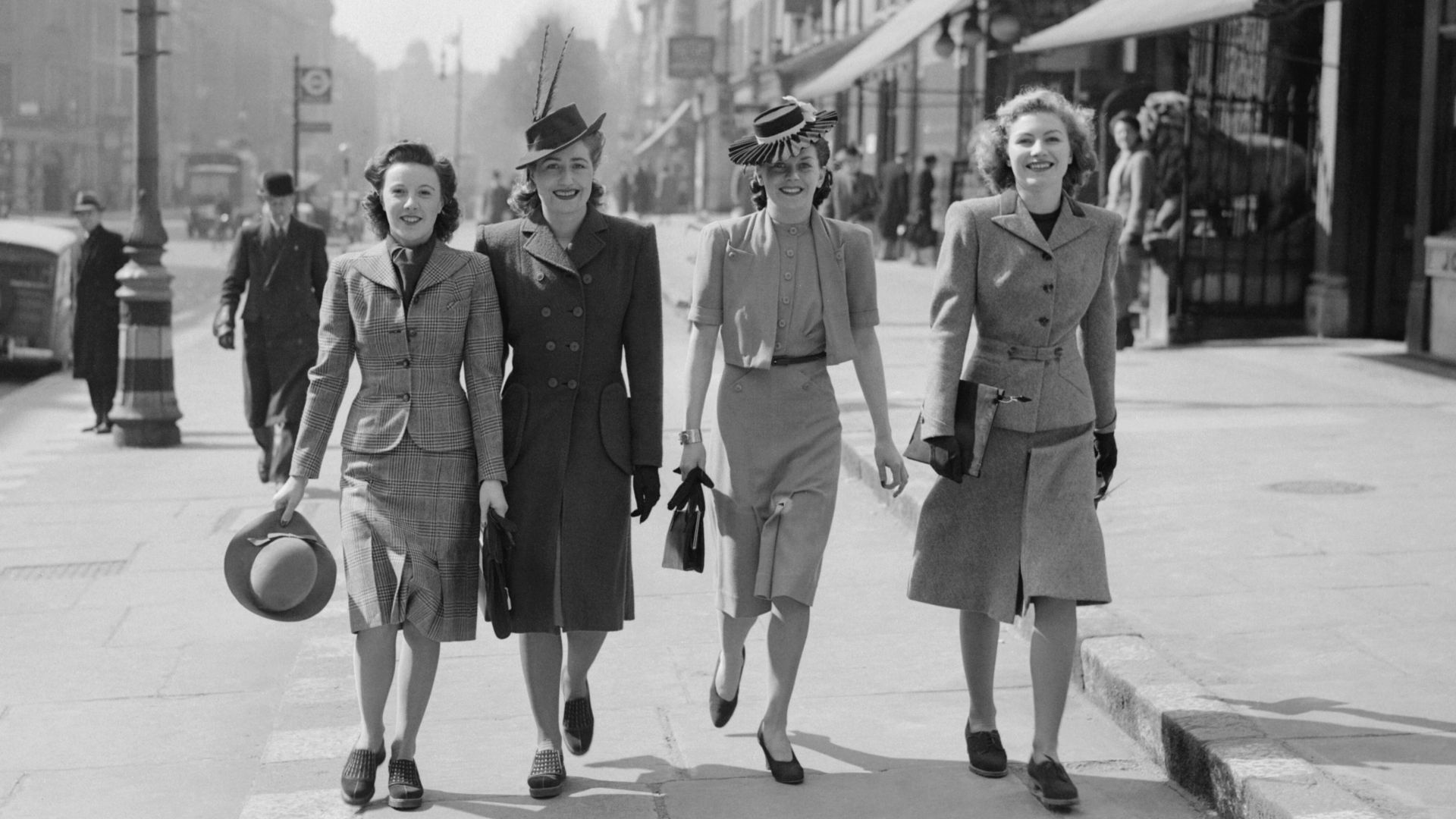 Ministry of Information Photo Division Photographer on Wikimedia
Ministry of Information Photo Division Photographer on Wikimedia
4. The 1950s’ Hourglass Dresses And Tailored Suits
Polished and put-together, the 50s celebrated classic silhouettes. Dior’s New Look emphasized cinched waists and full skirts, while pin-up styles added a playful edge. The gentlemen were seen in sharply tailored suits and leather jackets, which balanced refinement with rebellion.
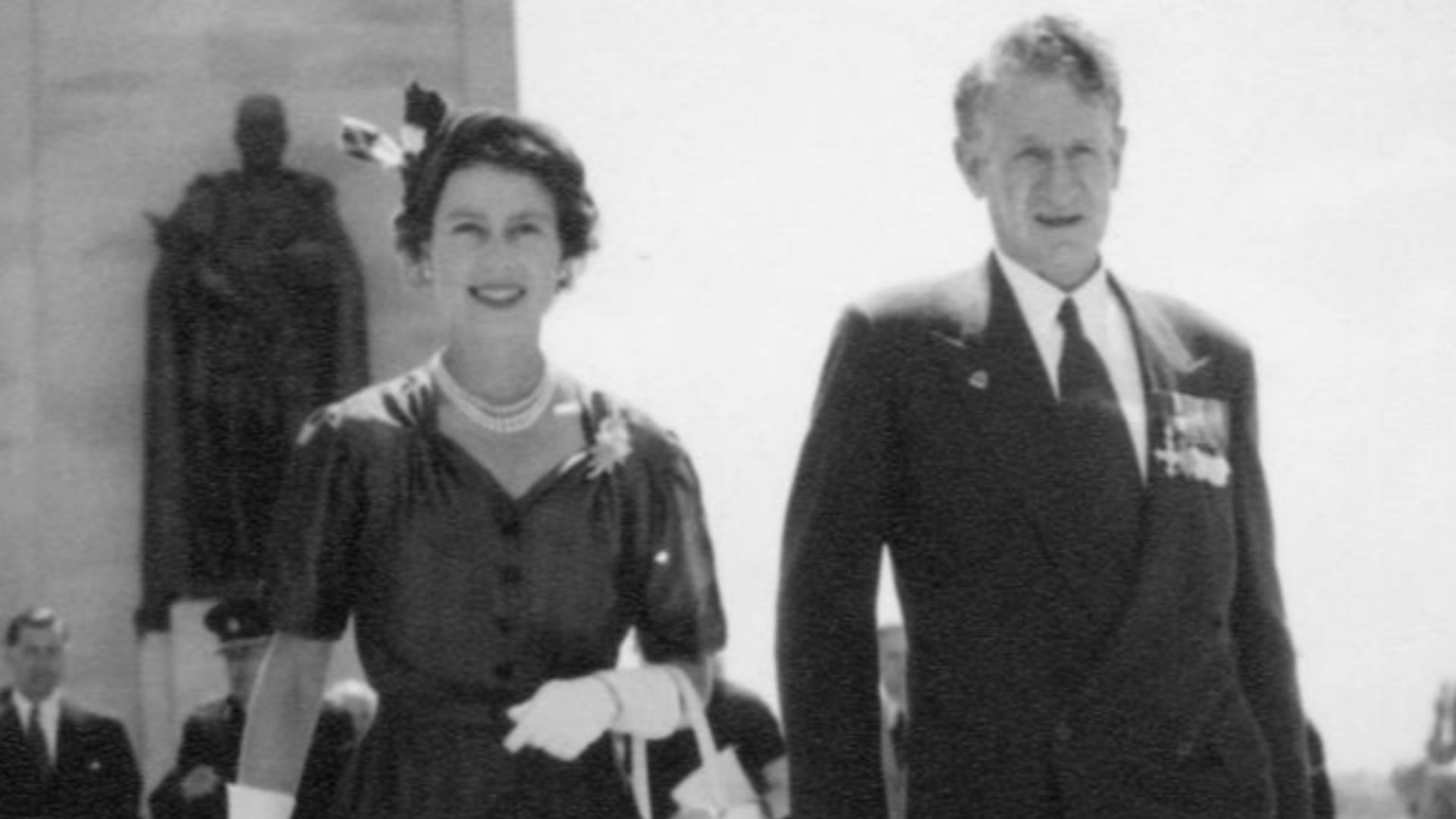 Contributor(s): The Argus on Wikimedia
Contributor(s): The Argus on Wikimedia
5. The 1960s’ Mod Fashion And Psychedelic Prints
The swinging 60s shattered fashion norms. London’s Carnaby Street dictated the trends, and the Beatles made collarless jackets a staple for the gents. Ladies were fans of mini skirts, go-go boots, and bold geometric prints.
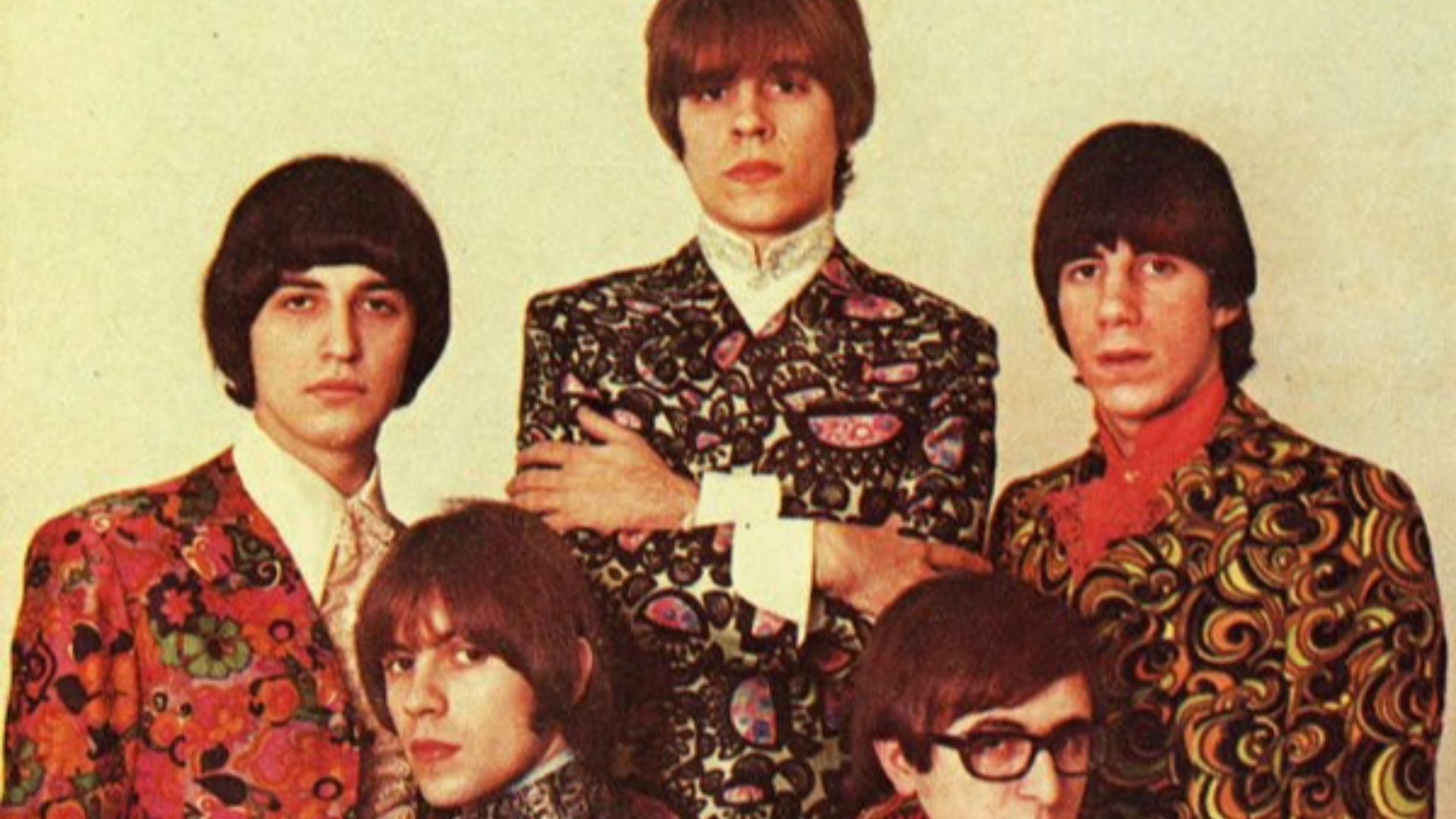 Unknown authorUnknown author on Wikimedia
Unknown authorUnknown author on Wikimedia
6. The 1970s’ Bell-Bottoms And Bohemian Styles
Disco and rock fashion defined the 70s as a time when being cool was effortless. In this era, jumpsuits shimmered on dance floors, suede vests and peasant blouses dominated streetwear, and platform shoes were the staple in every look—literally.
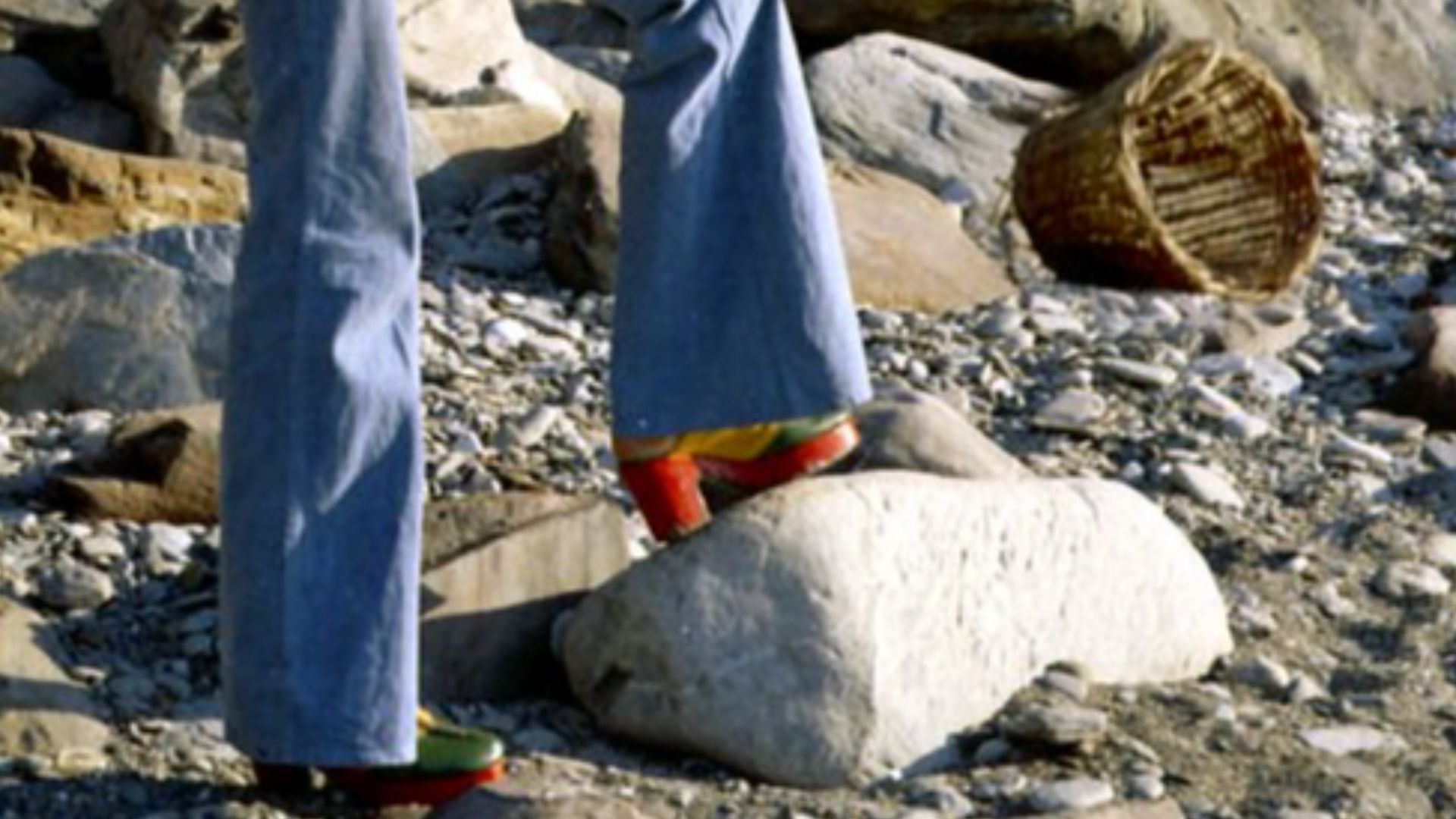 Redhead_Beach_Bell_Bottoms.jpg: Mike Powell
derivative work: Andrzej 22 (talk) on Wikimedia
Redhead_Beach_Bell_Bottoms.jpg: Mike Powell
derivative work: Andrzej 22 (talk) on Wikimedia
7. The 1980s’ Power Dressing And Streetwear Rebellion
When the 80s rolled in, fashion was anything but subtle. Women went big with oversized blazers and structured shoulders, while hip-hop culture introduced tracksuits, baggy jeans, and gold chains. Preppy pastels and neon spandex also had a stage, especially in media and sports.
8. The 1990s’ Minimalism Meets Grunge
Slip dresses and combat boots defined the effortless cool of the 90s. Kate Moss was a hit when she championed the minimalist aesthetic, while Kurt Cobain’s grunge style made ripped jeans and oversized sweaters the ultimate rebellion for men.
9. The 2010s’ Athleisure And Sustainability
In the 2010s, when comfort and sustainability reigned supreme. Leggings and sneakers became everyday staples. Additionally, sustainable fashion brands gained traction, pushing ethical production and minimalist designs. A mix of function and fashion set the tone for the decade’s fashion.
10. The 2020s’ Digital Fashion And Retro Revivals
A blend of nostalgia and innovation, the 2020s have embraced oversized streetwear and vintage throwbacks. Tech-driven trends are also the norm. Today, social media dictates fashion at an unprecedented pace, and sustainability remains a driving force.
Those were the styles that set the bar high—but not every fashion moment was a win. Some trends were impractical, excessive, or just plain baffling. It’s time to revisit the choices that fashion would rather forget.
1. The 1600s’ Giant Wigs And Excessive Embellishments
Massive powdered wigs were a status symbol but a nightmare to maintain. Add in ruffled collars, thick brocade fabrics, and layers upon layers of discomfort, and fashion felt more like an endurance test than a style statement.
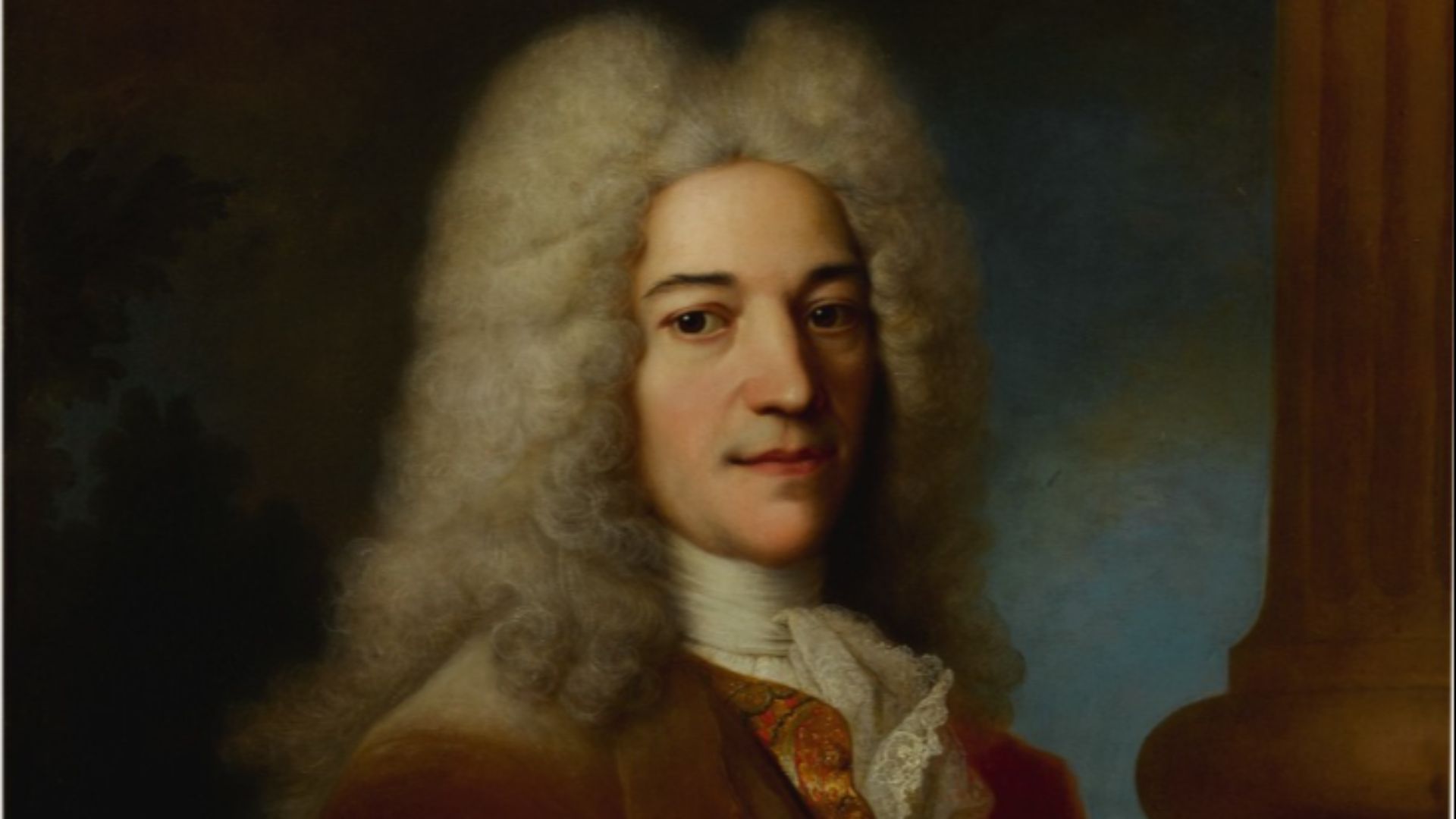 Jean-Baptiste Oudry on Wikimedia
Jean-Baptiste Oudry on Wikimedia
2. The Victorian Era’s (1837 To 1901) Restrictive And Overly Structured Pieces
Men didn’t have it easy in this fashion age because they were stuck in stiff tailcoats and endless buttoned waistcoats. Crinoline cages and whalebone corsets forced women into rigid silhouettes, while high collars and heavy layers made movement nearly impossible. Breathing just seemed optional.
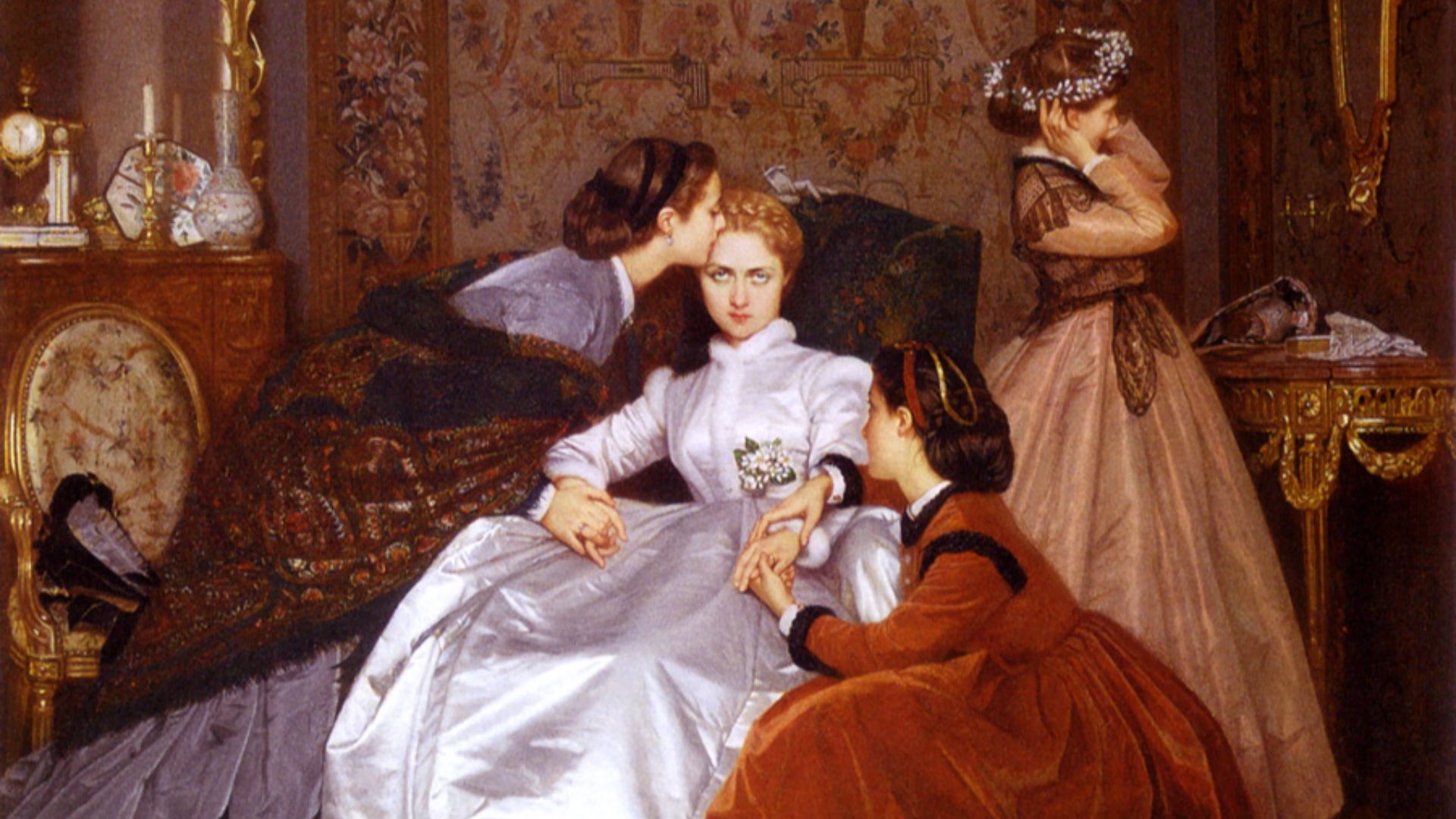 Auguste Toulmouche on Wikimedia
Auguste Toulmouche on Wikimedia
3. The 1910s’ Hobble Skirts And Impractical Attire
The 1910s trends were designed to restrict a woman’s stride. For example, hobble skirts made walking a challenge and running a myth. Wide-brimmed hats, stiff collars, and floor-length gowns prioritized aesthetics over practicality. Meanwhile, men’s suits remained stiff and overly formal, offering little room for comfort.
4. The 1940s’ Wartime Bland Style
With fabric in short supply, fashion became strictly utilitarian. Dresses had hemlines that rose out of necessity, and embellishments disappeared. Even men’s suits lost their structure, with single-breasted jackets replacing the once-luxurious double-breasted styles.
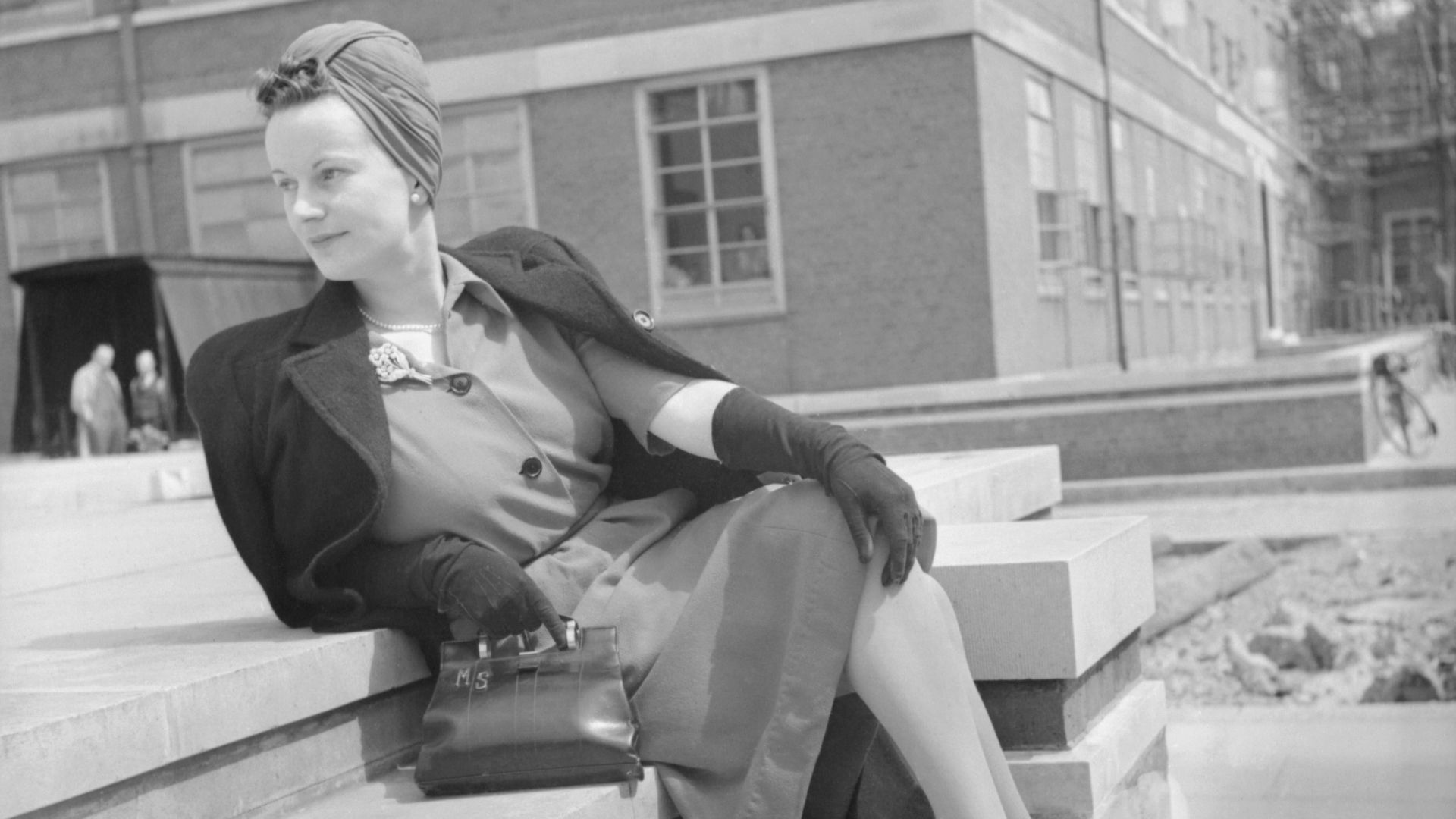 Ministry of Information Photo Division Photographer on Wikimedia
Ministry of Information Photo Division Photographer on Wikimedia
5. The 1970s’ Disco Disaster
Disco fashion was all about excess—shiny and synthetic, which came out often downright ridiculous when overdone. Think about polyester jumpsuits and blinding sequins from head to toe. It was fun on the dance floor, but outside of Studio 54? A total fashion failure!
6. The 1980s’ Shoulder Pads And Neon Overload
Bigger was better—or at least that’s what the 80s believed. Men rocked acid-wash jeans and oversized blazers with rolled-up sleeves, and women embraced shoulder pads so exaggerated they bordered on cartoonish. Moreover, teased hair reached gravity-defying heights, creating styles best left in the past.
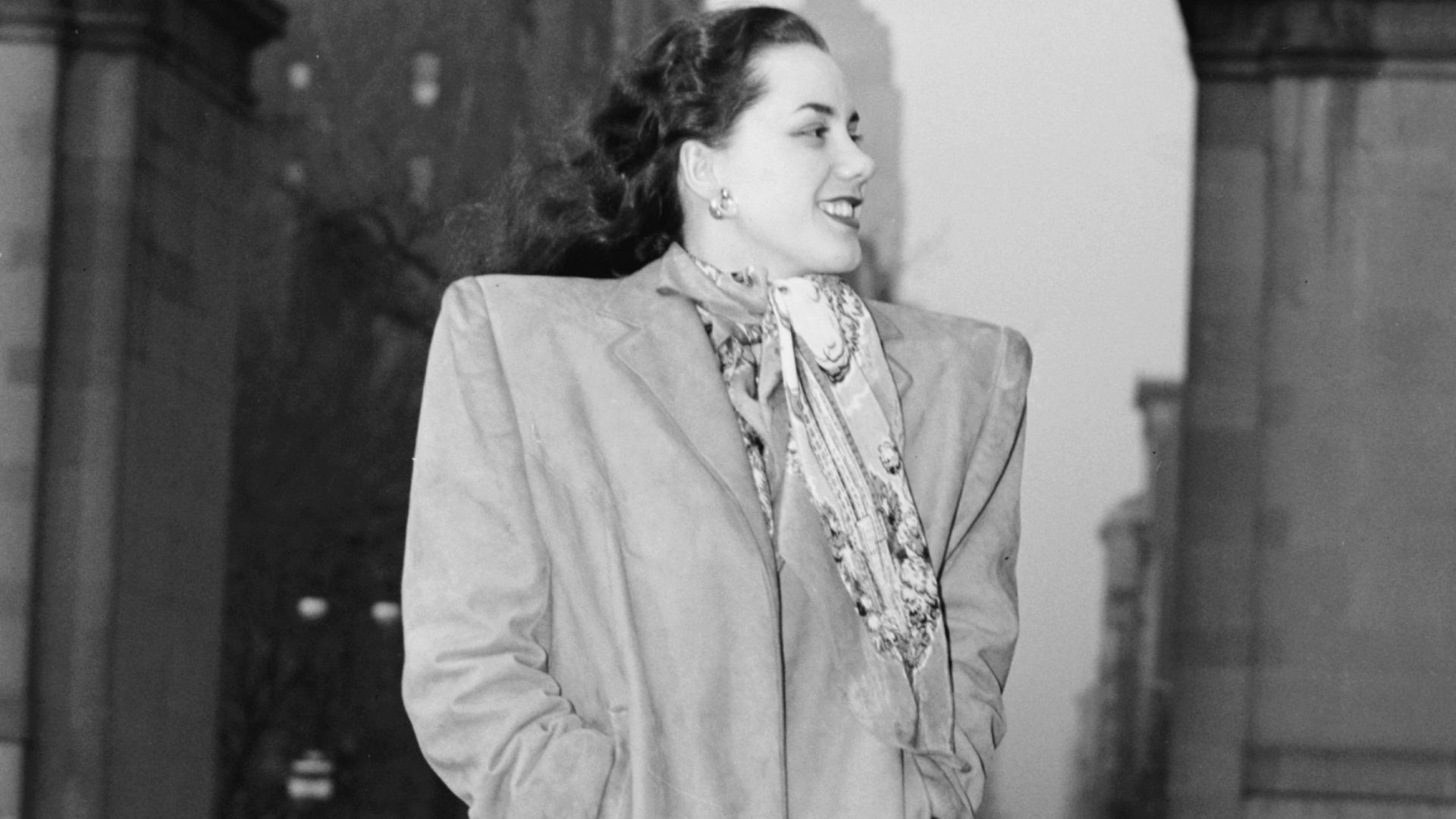 The Library of Congress on Wikimedia
The Library of Congress on Wikimedia
7. The 1990s’ Excessive Grunge
While grunge had an undeniable cultural impact, its exaggerated take on looking effortlessly “undone” wasn’t for everyone. Oversized flannel shirts, ripped jeans, crazy hair colors, and thrift-store layers became the uniform. When the look was mass-produced, it lost its rebellious spirit and just became messy.
8. The Early 2000s’ Low-Rise Jeans And Layering Gone Wrong
Fashion went wild with rhinestone-encrusted everything. Then there were the dangerously low-rise jeans, and let’s not get started on the hideous trend of layered tank tops. Trucker hats and oversized denim jackets completed the chaotic aesthetic, making for a decade of regrettable style choices.
9. The 2010s’ Fast Fashion’s Disposable Trends
In this era, trends became super cheap, and it showed. This was the age when fast fashion flooded closets with flimsy, mass-produced clothing that barely lasted a season. Overproduction soared, and everyone had the same item in different colors.
10. The 2020s’ Microtrends And Overconsumption
Some modern trends are downright yucky! These days, many people are confused about fashion as they take everything from every influencer. Holes on elegant wear, microscopic luxury bags, biker shorts with heels, and head-to-toe cow prints. Why?


